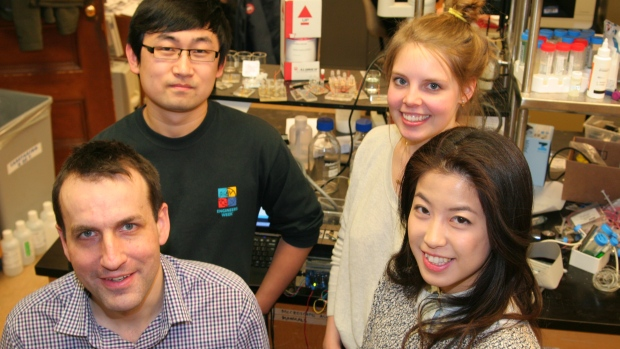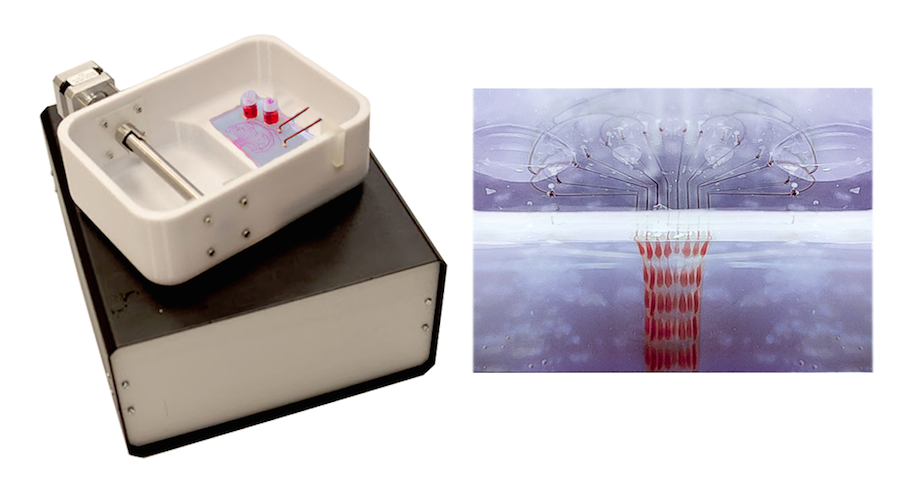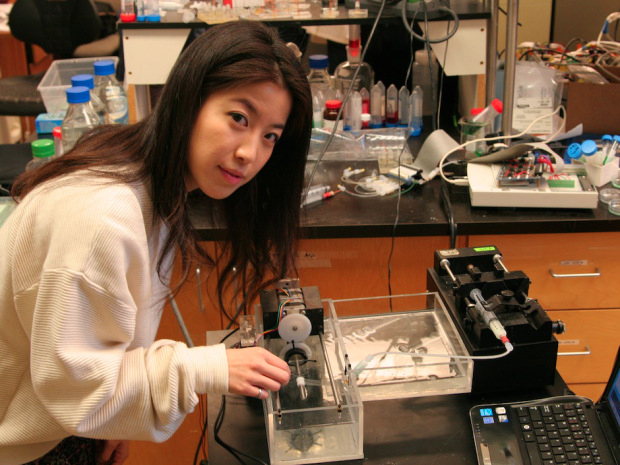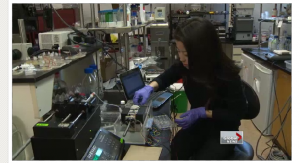MI’s head of imaging technologies quoted on bioprinting in U.K.’s Financial Times

Fanny Sie, MaRS Innovation’s head of imaging technologies, was quoted in Tanya Powley‘s article, “Printing whole organs remains a long way off,” for the U.K.’s Financial Times on June 11, 2015, regarding the technology’s potential to transform existing healthcare practices.
MI does wish to note that the article inaccurately attributes the PrintAlive device’s development to MaRS Innovation; MI is working with the University of Toronto inventing team, led by Dr. Axel Gunther, to commercialize the device.
Here’s a short excerpt:
Bioprinting could save pharmaceutical companies a lot of money, according to Fanny Sie of MaRS Innovation, a Toronto-based company. The company has developed the PrintAlive Bioprinter, which can print skin that could be used to treat people with large scale burns. The printed tissues could be used by pharmaceutical companies to test the toxicity of new drugs, and help them decide if it is worth starting costly animal and then human clinical trials.




